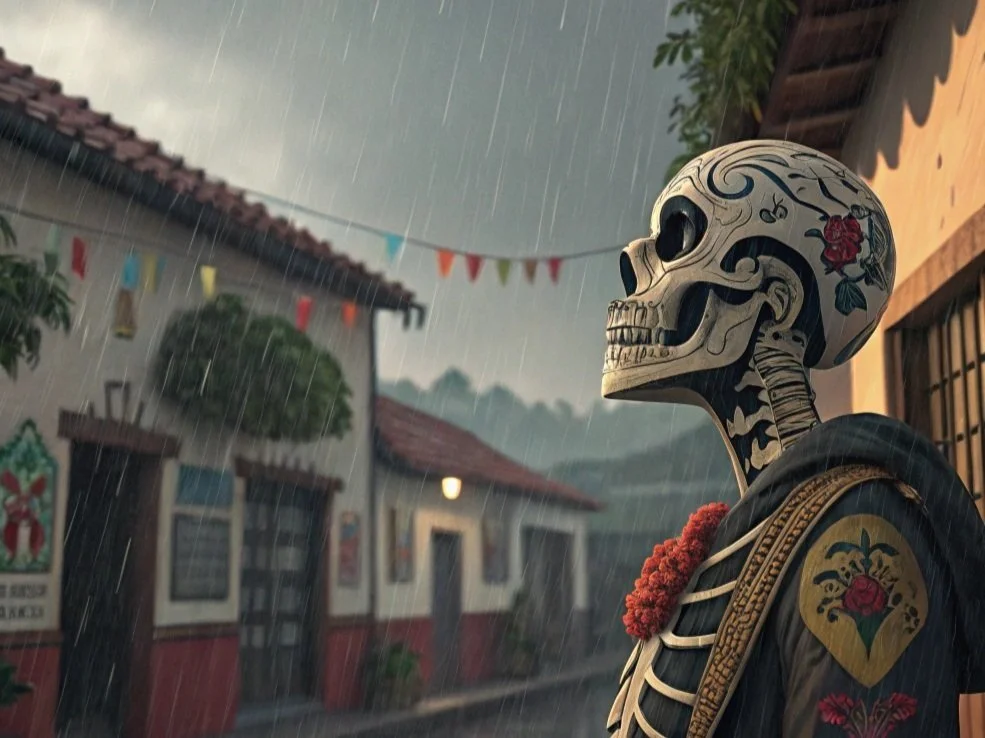Mass Grave of Children From 15th Century Found in Mexico
During the period of Moctezuma I's rule in Mexico, specifically between the years 1452 and 1454, a severe drought occurred that devastated local agricultural production. This environmental catastrophe resulted in a significant reduction of food supplies, culminating in a widespread and prolonged famine. Archaeologist López Luján notes that in their desperate struggle for survival, families resorted to selling their children to neighboring towns in exchange for food. In the years 1980 to 1981, a significant archaeological discovery was made at Templo Mayor, a prominent temple complex in Tenochtitlán, now known as Mexico City. This discovery involved a mass grave containing the skeletal remains of 42 children, aged between 2 and 7 years. The skeletons were positioned supine with their limbs drawn in, and they were interred within ashlar boxes resting on a bed of sand. Some of the remains were embellished with decorative items, including necklaces, and green stone beads were found placed in their mouths.
Investigations indicate that these remains originate from the 15th century, coinciding with a significant drought period. The unusual positioning of the remains, along with the artifacts discovered, suggests that these were the result of sacrificial acts. It is probable that these sacrifices were made in an effort to alleviate the severe drought by presenting offerings to Tláloc, the rain deity. Tláloc, revered as the god of rain, water, lightning, and agriculture, held a prominent place in Aztec religious beliefs.
The children who were sacrificed as offerings to Tláloc were occasionally induced to weep during their journey to the sacrificial site. It was thought that their tears would invoke rainfall. The bodies of these children were embellished with symbols that signified rain and water. Archaeological findings indicate that these sacrifices entailed the removal of the children's hearts, and this practice was viewed as a desperate measure to placate the deity and secure abundant harvests.
The precise quantity of mass graves that hold the remains of sacrificed children in Mexico remains uncertain. However, archaeological findings point to multiple sites, especially within ancient Mayan and Aztec areas such as Chichén Itzá, where significant quantities of child remains have been unearthed. This evidence implies that the practice of child sacrifice was prevalent in the region. A recent investigation at Chichén Itzá examined the remains of 64 individuals, the majority of whom are thought to be sacrificial victims, predominantly children.


